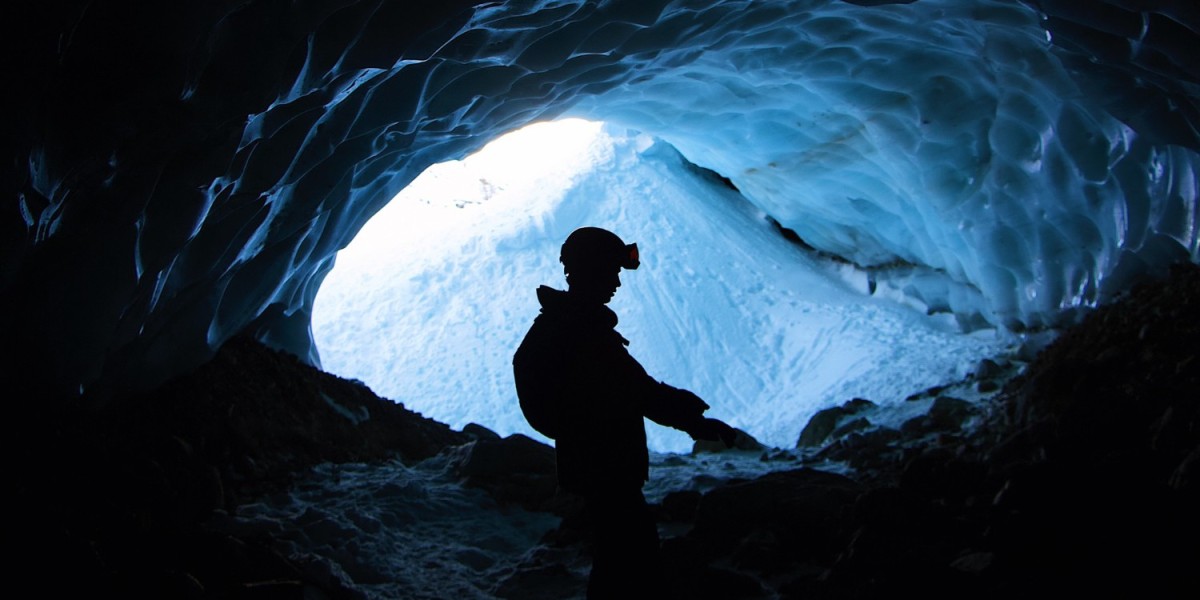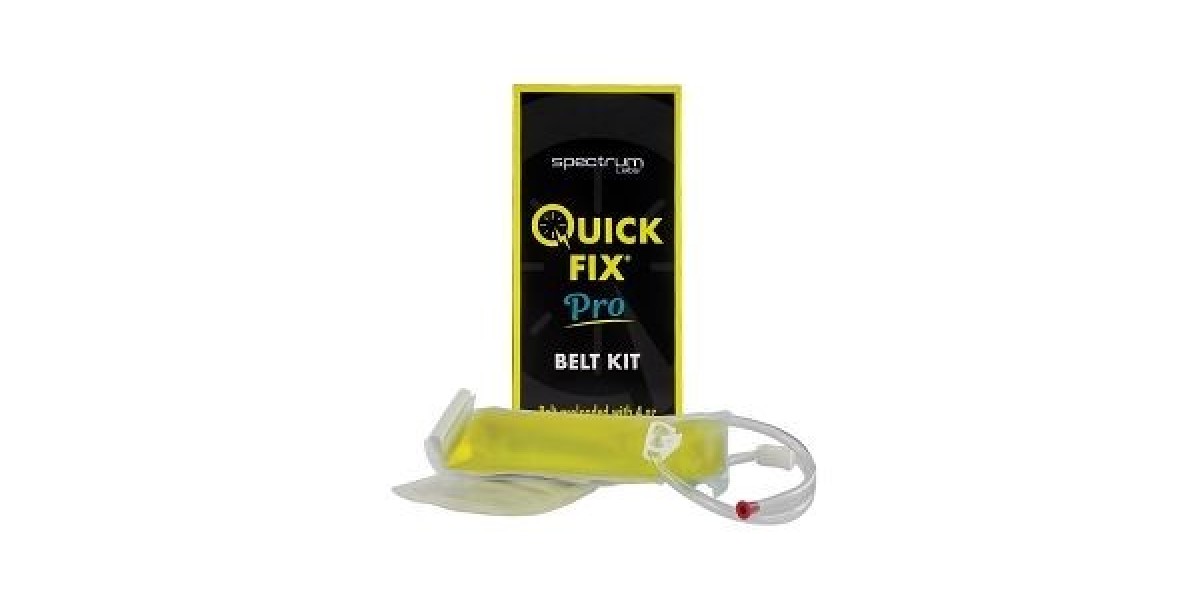In the world of underground construction and mining, the integrity and safety of tunnels are paramount. Two critical elements in achieving this are proper tunnel lining construction and effective shotcrete solutions. This article delves into these crucial aspects, exploring traditional methods, modern innovations, and specific applications in the mining industry.
Tunnel Linings Construction
Purpose of Tunnel Linings
Tunnel linings construction serve several essential functions:
Structural Support: They bear the load of the surrounding rock or soil.
Waterproofing: Linings prevent water ingress into the tunnel.
Smoothing: They create a smooth inner surface for efficient air flow and aesthetics.
Protection: Linings shield the tunnel from chemical attack and weathering.
Types of Tunnel Linings
Cast-in-place Concrete Linings
Poured on-site using formwork
Provides excellent structural strength
Time-consuming but allows for complex shapes
Precast Concrete Segments
Manufactured off-site and assembled in the tunnel
Faster installation but limited to simpler geometries
Popular in TBM (Tunnel Boring Machine) projects
Sprayed Concrete Linings (Shotcrete)
Applied directly to tunnel walls
Rapid application and adaptable to irregular surfaces
Can be used as temporary or permanent support
Steel Linings
Used in high-pressure scenarios or corrosive environments
Often combined with concrete for added protection
Composite Linings
Combination of different materials for optimal performance
Example: Sprayed concrete primary lining with waterproof membrane and cast-in-place secondary lining
Construction Process
Excavation: Tunnel is excavated using drilling and blasting, TBM, or sequential excavation methods.
Initial Support: Installation of rock bolts, steel arches, or initial shotcrete layer.
Waterproofing: Application of waterproof membranes if required.
Main Lining Installation: Placement of the primary structural lining.
Secondary Lining: Additional layer for enhanced protection or aesthetics.
Finishing: Installation of utilities, ventilation, and safety systems.
Mining Shotcrete Solutions
Mining Shotcrete Solutions has become an indispensable tool in modern mining operations, offering rapid, adaptable, and effective ground support.
Advantages of Shotcrete in Mining
Speed: Rapid application allows for quick stabilization of newly exposed rock faces.
Flexibility: Can be applied in varying thicknesses to address different ground conditions.
Reduced Excavation: Thinner support layers compared to traditional methods.
Safety: Immediate support reduces the risk of rock falls and cave-ins.
Automation Potential: Remote-controlled or robotic application systems enhance safety.
Types of Shotcrete Used in Mining
Plain Shotcrete
Basic mixture of cement, aggregates, and water
Suitable for stable ground conditions
Fiber-Reinforced Shotcrete
Incorporates steel or synthetic fibers
Enhanced tensile strength and crack resistance
Popular in high-stress mining environments
Steel Mesh-Reinforced Shotcrete
Combines shotcrete with steel mesh
Provides additional structural support
Used in areas prone to high deformation
Micro-Silica Enhanced Shotcrete
Addition of silica fume improves strength and durability
Reduces permeability, enhancing long-term performance
Application Techniques
Dry-Mix Process
Dry ingredients are mixed with water at the nozzle
Suitable for smaller projects or where water control is crucial
Wet-Mix Process
All ingredients, including water, are mixed before pumping
Provides more consistent quality and higher output
Preferred in large-scale mining operations
Robotic Application
Use of remote-controlled or automated spraying systems
Enhances safety by removing operators from hazardous areas
Improves consistency and reduces overspray
Specific Mining Applications
Underground Mine Development
Rapid support of newly excavated drifts and tunnels
Allows for faster advance rates in development headings
Shaft Lining
Provides smooth, water-resistant lining for vertical shafts
Can be applied in conjunction with traditional support methods
Slope Stabilization
Used in open-pit mines to stabilize highwalls and prevent slides
Often combined with rock bolts or anchor systems
Ore Pass and Waste Pass Lining
Protects passes from wear and impact damage
Specialty mixes with added abrasion resistance
Rehabilitation of Old Workings
Strengthening and sealing of abandoned or degraded mine areas
Critical for mine life extension projects
Quality Control in Mining Shotcrete
Mix Design: Tailored to specific project requirements and ground conditions
Pre-construction Testing: Evaluation of mix properties and performance
In-situ Testing: Regular strength tests, thickness measurements, and bond tests
Non-destructive Testing: Use of GPR (Ground Penetrating Radar) to assess lining integrity
Environmental Monitoring: Dust control and rebound management
Innovations and Future Trends
Self-healing Shotcrete: Incorporates materials that can seal small cracks autonomously
Geopolymer Shotcrete: Utilizes industrial by-products for a more sustainable solution
Smart Shotcrete: Integration of sensors for real-time monitoring of tunnel and mine stability
3D Printed Linings: Exploration of additive manufacturing techniques for tunnel support
Ultra-high Performance Shotcrete: Development of mixes with exceptional strength and durability
Conclusion
Tunnel lining construction and mining shotcrete solutions represent critical areas of expertise in underground engineering. As tunneling projects become more ambitious and mining operations extend to greater depths, the demand for innovative, efficient, and safe support systems continues to grow. The integration of advanced materials, automated application techniques, and smart monitoring systems is shaping the future of underground construction and mining support. By staying at the forefront of these developments, engineers and miners can ensure the safety, efficiency, and longevity of underground structures in even the most challenging environments.








